Description
Tomato Omars Lebanese
Tomato Omars Lebanese. One of the largest fruiting Heirloom varieties available producing high yields of one to two pound beefsteak type dusky pink fruits with an exceptional sweet, rich flavor on disease resistant plants. Best performance is during longer cool summers which bring out the full complex flavor of the variety. Indeterminate.
Cultivation Advice
- Choose well-draining, fertile soil with a slightly acidic to neutral pH (6.0-7.0).
- Incorporate organic matter such as compost into the soil for improved water retention and nutrient content.
2. Planting:
- Start Omar’s Lebanese tomato seeds indoors 6-8 weeks before the last expected frost.
- Transplant seedlings into the garden after the danger of frost has passed, providing proper spacing (18-24 inches apart).
- Ensure that the tomato plants receive full sunlight, at least 6-8 hours per day, for optimal growth and fruit development.
- Keep the soil consistently moist but not waterlogged. Tomatoes require regular watering, especially during dry periods.
- Apply a layer of organic mulch around the base of the plants to conserve soil moisture, suppress weeds, and regulate soil temperature.
- Provide sturdy support for the tomato plants, especially indeterminate varieties like Omar’s Lebanese, to prevent sprawling and breakage.
- Use a balanced, all-purpose fertilizer at planting and periodically throughout the growing season. Avoid excessive nitrogen, which can promote foliage growth over fruiting.
- Prune indeterminate varieties by removing suckers and lower foliage to improve air circulation and focus energy on fruit production.
- Regularly inspect for common tomato pests such as aphids, hornworms, or whiteflies.
- Employ natural predators or use organic pest control methods to address any infestations.
- Water at the base of the plant to minimize the risk of fungal diseases.
- Mulch can also help prevent soil-borne diseases by reducing soil splashing onto the foliage.
- Harvest Omar’s Lebanese tomatoes when they reach their full, mature color. They should have a rich red hue and a firm texture.
- Plant tomatoes alongside companion plants like basil and marigolds to deter pests and enhance growth.
- Omar’s Lebanese tomatoes can be grown in containers, making them suitable for patios or balconies. Ensure the containers have proper drainage.
- Consider greenhouse cultivation in cooler climates to extend the growing season and protect the plants from adverse weather conditions.
- Rotate tomato crops annually to minimize the risk of soil-borne diseases and pests.
- Omar’s Lebanese tomatoes prefer warm temperatures. Plant them when the soil has warmed up, and protect young plants from late spring frosts.
- Ensure good soil aeration by incorporating perlite or vermiculite into the soil mix for improved root health.
- Check if Omar’s Lebanese tomatoes have any specific disease resistance. Utilize disease-resistant varieties when available.
- Pinch off the first set of flowers when transplanting to encourage the plant to put more energy into vegetative growth before setting fruit.
- Maintain a consistent watering schedule, especially during the critical periods of flowering and fruit development.
- Implement effective trellising methods to support the weight of the vines and fruits. This is particularly important for indeterminate varieties.
- In regions with heavy rainfall, consider providing overhead protection to prevent fruits from splitting due to excessive water uptake.
- Explore alternative mulching materials such as straw or shredded leaves to suit the specific needs of your garden.
- Consider using organic soil amendments like well-rotted manure to enrich the soil with nutrients gradually.
- Continue pruning throughout the season to maintain an open canopy, allowing sunlight and air to reach the lower parts of the plant.
- Harvest tomatoes by gently twisting them off the vine to avoid damaging the plant.
- Monitor soil temperature, especially during early spring planting, and wait until it reaches the optimal range for tomato growth.
- Plant Omar’s Lebanese tomatoes alongside other disease-resistant companion plants to create a more resilient garden ecosystem.
- Set up rain barrels for collecting rainwater to use for watering your tomato plants. Rainwater is often preferred over tap water.
- Research and note any specific tips or recommendations for Omar’s Lebanese tomatoes, as different varieties may have unique characteristics.

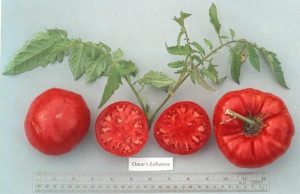
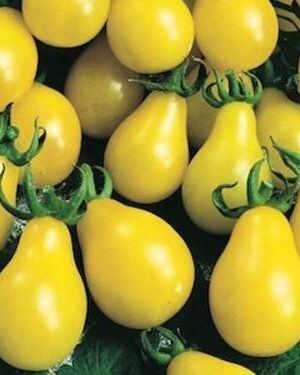
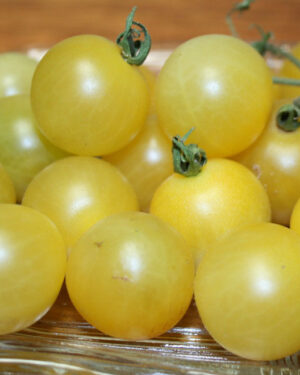
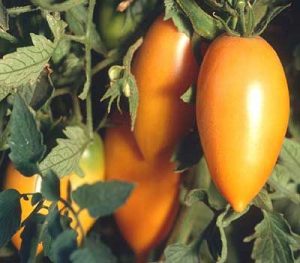
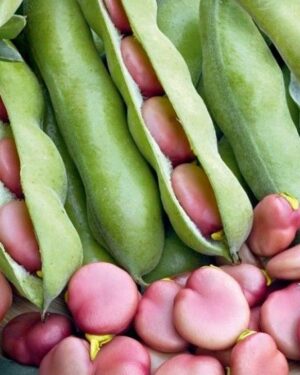

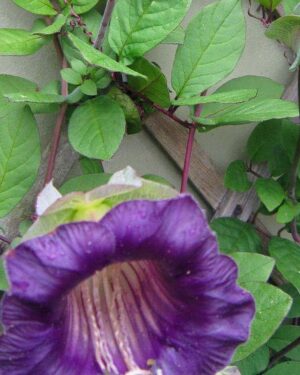
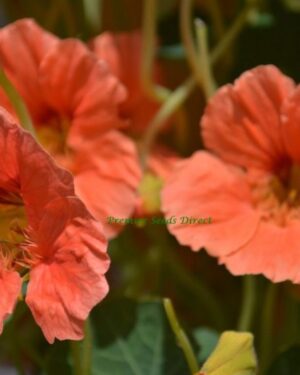
Reviews
There are no reviews yet.